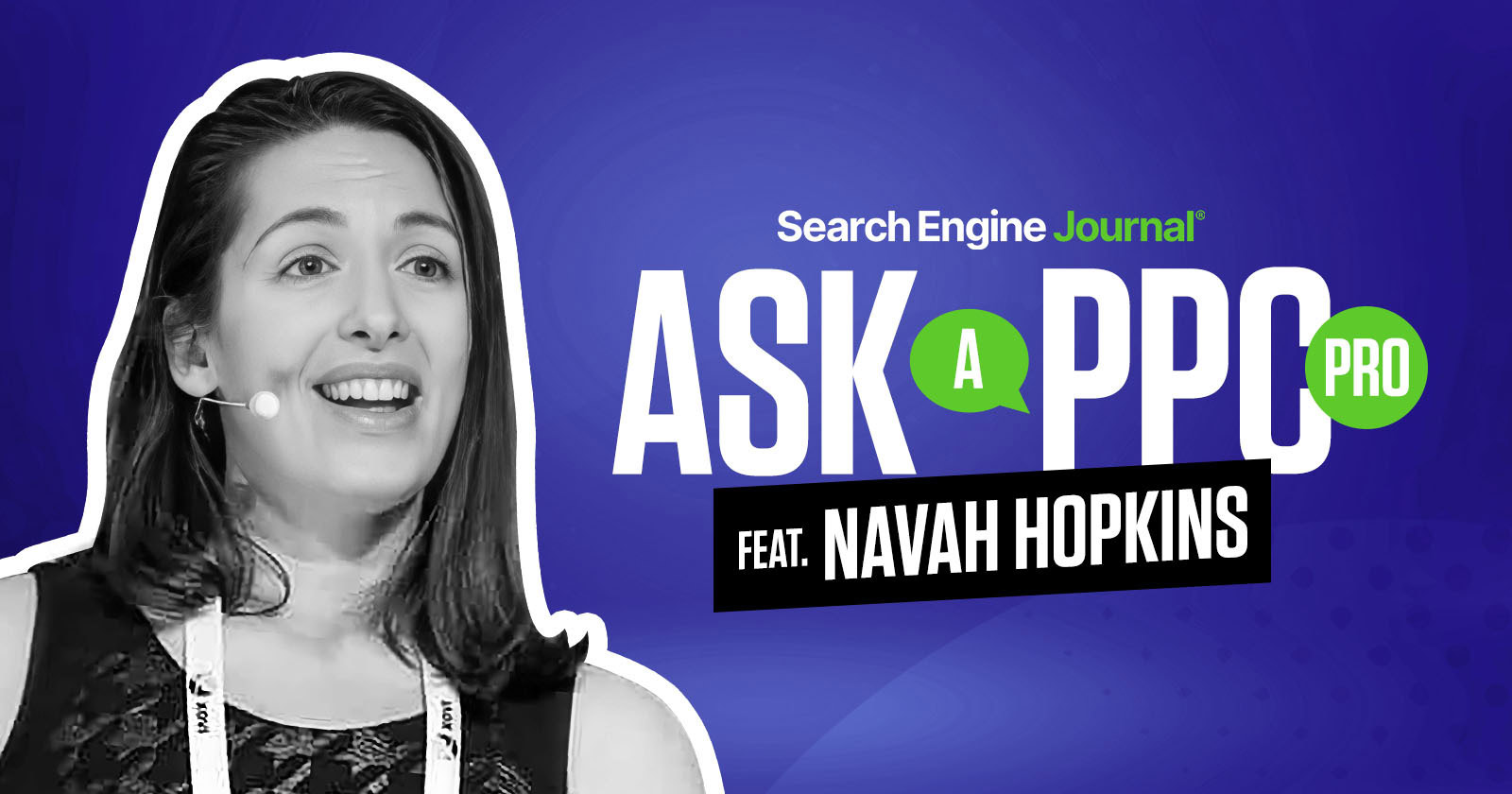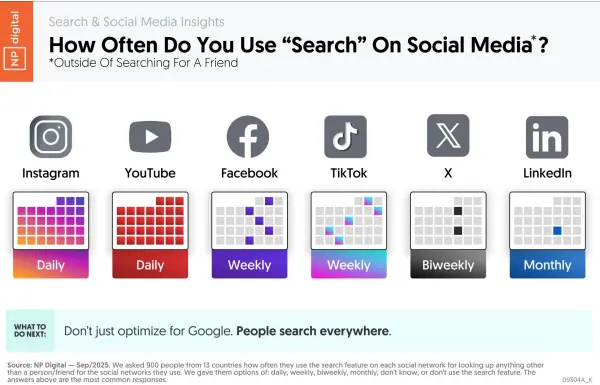How To Calculate Your ROAS & Ways To Use It via @sejournal, @coreydmorris
ROAS is simple to calculate, but powerful when used right. Here’s how it fits into budgeting, bidding, and business outcomes. The post How To Calculate Your ROAS & Ways To Use It appeared first on Search Engine Journal.

Return on ad spend (ROAS) is a common metric or key performance indicator for paid search campaigns. PPC managers and digital marketing executives have been using it for a long time.
In fact, it isn’t even novel to just digital marketing.
While calculating and connecting the dots with attribution for full end-to-end digital marketing is ideal, using ROAS within PPC and SEM specifically can be powerful as a quality metric that scales.
ROAS is a pretty straightforward equation to calculate on the surface.
Return on ad spend = total revenue generated by ads, divided by the cost of ad spend
However, it seems that no metric, KPI, or outcome is as easy to configure and measure nowadays, given the volume of changes in Google Ads, reporting software, and measurement platforms alone.
Beyond that, there’s no one-size-fits-all benchmark or result you’re looking for. A “good” ROAS is different for every business, and what defines good or successful is up to the business to determine.
Whether you’re confident calculating ROAS, need help with knowing how to use it, or fall somewhere in between, I encourage you to dive into the ways to use it in your own PPC efforts.
7 Ways To Use ROAS In PPC
1. Setting Expectations2. Budgeting3. Bid Decisions4. Ecommerce5. Lead Generation6. Awareness & Other Campaigns7. Beyond ROAS1. Setting Expectations
PPC is a great channel for getting quick results and to impact a business.
However, even with the best research on the front end, it can often lead to missed expectations.
PPC expectations can vary wildly and be subjective. ROAS provides the opportunity to set a benchmark for what success looks like.
An effective PPC manager can pull different levers to drive more traffic, spend more budget, or try to find a sweet spot in between.
By establishing a ROAS goal tied to profitability, the PPC team can utilize that metric as a key in their decisions and performance overall.
And, profitability needs to factor in the cost of software, people, and things that go beyond just the cost of an ad or media budget – but that’s for another article.
2. Budgeting
ROAS can serve as a great tool in factoring budget decisions.
Like setting expectations, ROAS can serve as a benchmark, helping teams go beyond just looking at bid, budget, click, and conversion ceilings. It is a quality metric.
Use ROAS to determine where the law of diminishing returns applies and ensure it is included in projections. When looking at real past performance, it can be used to help determine ideal budgets and ranges that are acceptable.
In most cases, I have found clients are okay with not capping the budget and looking at the ROAS number solely to determine how much to spend.
If the spend can be increased and still exceed the target ROAS, then keep spending all day, every day, as we know we’re in profitable territory, assuming we’re not creating inventory, fulfillment, sales capacity, or other operational issues.
I love this type of thinking and decision-making, as it is linked to ROI versus budget or a mindset that marketing and ad dollars are an “expense.”
3. Bid Decisions
Getting more granular, bid decisions can also be made based on ROAS.
The ROAS can be calculated at a detailed level and not just at a high level for aggregate or total spend.
When we break down our campaigns into categories like campaign, ad group, ad type, topic, etc., we can get more granular control and insight.
For example, If we’re running Google Shopping Ads which appear on Google Shopping search results pages, we can treat those as a distinct advertising format. This allows us to measure their performance separately and calculate the return on ad spend (ROAS) they generate.
Going even deeper, we can drill down to the individual product level to see how different products produce ROAS.
By knowing what the ROAS is at different levels, we can advise and optimize our bid strategies and have more control over what is driving the overall ROAS and positively impact the whole.
The ability to roll up performance drill down to the product detail level allows for measuring toward broader business goals while also providing an opportunity to test and get things dialed in over time when launching and optimizing new campaigns and ads within an account.
4. Ecommerce
One of the first types of businesses that comes to mind when thinking about ROAS and its use is ecommerce.
With a lot of the great tools and integrations available, many shopping cart platforms automatically feed revenue data back into Google Ads and Google Analytics.
By using these metrics, we can quickly arrive at our ROAS by taking total revenue divided by total spend.
Note that getting ROAS is likely the easiest part. Determining what an acceptable ROAS overall takes more time and work.
That part includes determining profit margins for products, calculating overhead, and determining the full aspect of ROI to back out what the ROAS needs to be.
5. Lead Generation
A trickier business goal type for calculating ROAS is lead generation. ROAS might be tougher to back out and measure itself.
However, in most cases, lead generation campaigns have more attention to detail on the ROI side of things and know their sales cycles and overhead.
This makes arriving at ROAS goals easier, while ROAS itself might take more time to calculate based on the length of time from conversion to final sale, if that’s how ROAS is truly calculated.
When you want to look at ROAS as a meaningful metric for lead generation, you need to have a solid definition of what a lead is.
By default, if a conversion action in Google Ads (or other platforms) is what you use to calculate this metric, you might end up off-track from what your sales team or broader effort cares about.
ROAS matters, but if the “lead” isn’t right or something you can track, you can run into trouble with the definitions of “return,” “leads,” and your overall attribution.
In most cases, the deepest you can track and attribute a lead to a sale and actual revenue is best. If you can’t get that deep, ask questions and probe. The dots should be connected from impression to customer/client.
6. Awareness & Other Campaigns
ROAS can be measured in other business goals and applications as well.
Whether it is awareness generation, page views, or other secondary goals, it can still apply.
Although, it might take more work to define the return for awareness campaigns and would need measurement through attribution modeling. But, it can still be achieved with the right work to back out the sales metric.
As a note, in B2B lead gen, attribution windows can be long, and offline conversion tracking is needed for accuracy.
An example of ROAS for an awareness campaign can look very different from one for ecommerce or lead generation.
If your goal is to create awareness for a topic, brand, or other subject matter, then you’re not as focused on direct sales or leads. You may want to cast as wide of a net as possible for your target or potential audience (even if the broader general public).
In that sense, you have to find a key metric to tie ROI to. You have the most open-ended challenge here – you have to determine the ROI for your organization. What does awareness contribute directly to ROI? How do you define it, measure it, and attribute it?
7. Beyond ROAS
While ROAS is a great benchmark and quality guide for paid media, it isn’t the end of the story. In some cases, it is just the start.
With customer retention, recency, frequency, monetary value (RFM), and lifetime value metrics that are known in businesses, we can take it even further.
Tying ROAS to other metrics beyond the sale can lead to incredible insights for use outside of media spend management.
Getting More From ROAS
Again, I know that ROAS might seem like a basic metric and be something reported on by default in so many dashboards and reports.
While in some cases, it may be simple to calculate, but using it as a metric takes more work.
Getting the foundation right, knowing what a good target ROAS is, how it scales, and that the “return” you’re getting is profitable, is the key to seeing it be a key benchmark and goal-focused KPI in your set of digital marketing metrics that ultimately map out to your business outcome results.
More Resources:
PPC And Paid Media Budget Planning Tips For 2025 Which Metrics Matter In PPC? PPC Trends 2025Featured Image: voronaman/Shutterstock

 BigThink
BigThink 





























